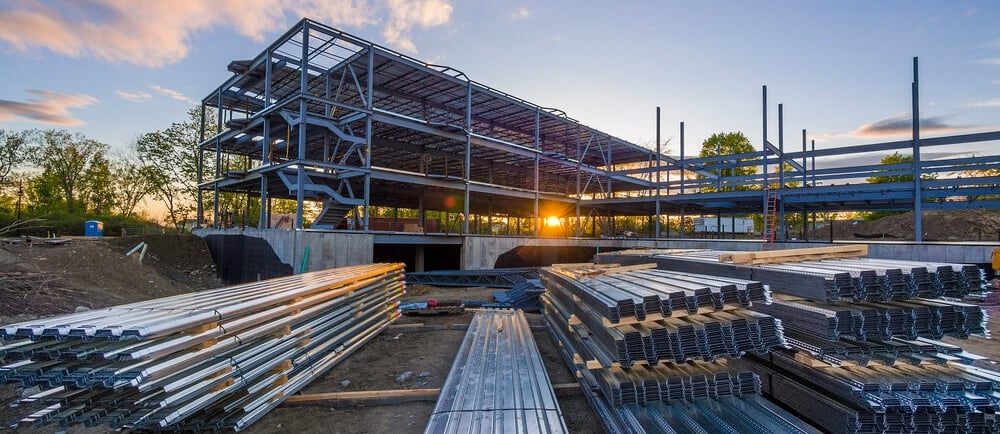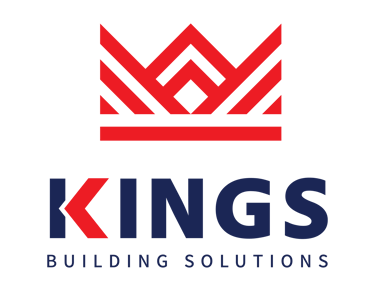The Dynamic Duo: Exploring India's Cement and Steel Market
About India's cement and steel industry.


Introduction: In the bustling landscape of India's construction industry, two crucial elements stand tall: cement and steel. These twin pillars not only shape the skyline but also serve as barometers for economic growth and development. In this blog, we delve into the intricacies of India's cement and steel markets, exploring their significance, challenges, and future prospects.
The Significance of Cement: Cement is the glue that holds the construction industry together, quite literally. India is the second-largest cement producer globally, with a capacity exceeding 500 million tonnes per annum (MTPA). The demand for cement is driven primarily by infrastructure projects, residential construction, and commercial real estate developments.
Key Factors Driving the Cement Market:
Infrastructure Boom: India's ambitious infrastructure projects such as highways, railways, airports, and smart cities drive significant demand for cement.
Urbanization and Housing: Rapid urbanization coupled with government initiatives like "Housing for All" fuel the demand for affordable housing, boosting cement consumption.
Industrial and Commercial Construction: The expansion of industries, malls, offices, and other commercial spaces further propels cement demand.
Challenges Facing the Cement Industry: Despite its robust growth, the cement industry in India faces several challenges:
Environmental Concerns: Cement production is energy-intensive and contributes to CO2 emissions. Stricter environmental regulations necessitate greener practices and investments in sustainable technologies.
Logistics and Infrastructure Bottlenecks: Inefficient transportation networks and inadequate infrastructure pose logistical challenges, impacting the timely delivery of cement and increasing costs.
Price Volatility: Fluctuations in raw material prices, particularly in coal and petcoke, can affect profit margins, prompting companies to focus on cost optimization and efficiency improvements.
Steel: The Backbone of Construction: Steel is the skeletal framework upon which modern infrastructure and buildings are erected. India is the second-largest steel producer globally, with a capacity of over 140 MTPA. The steel industry is vital for sectors like construction, automotive, infrastructure, and manufacturing.
Driving Forces in the Steel Market:
Infrastructure Development: Mega projects like metro rail systems, bridges, and highways fuel the demand for steel, particularly long products such as TMT bars and structural steel.
Automobile Sector: India's burgeoning automobile industry, driven by rising consumer demand and manufacturing investments, creates a substantial market for automotive-grade steel.
Urbanization and Real Estate: Urban expansion and the construction of residential and commercial complexes drive demand for steel products, including rebars, sheets, and sections.
Challenges in the Steel Sector: The steel industry grapples with various challenges, including:
Raw Material Procurement: Dependence on imported coking coal and iron ore exposes the industry to price volatility and supply chain risks.
Technological Upgradation: Adapting to advanced technologies for efficient production, energy conservation, and environmental compliance requires substantial investments.
Global Competition: Steel producers face competition from imports, necessitating strategies to enhance competitiveness through quality improvement, innovation, and cost reduction.
Future Outlook: Despite the challenges, both the cement and steel industries in India are poised for growth. Government initiatives like "Make in India," "National Infrastructure Pipeline," and "Smart Cities Mission" provide significant impetus. Moreover, investments in technology, sustainable practices, and infrastructure development are expected to drive efficiency and competitiveness.
Conclusion: India's cement and steel markets are integral to its economic growth and infrastructure development. As the nation marches towards its vision of becoming a $5 trillion economy, the cement and steel industries will continue to play pivotal roles. Embracing innovation, sustainability, and collaboration will be key to navigating challenges and unlocking new opportunities in this dynamic landscape.
